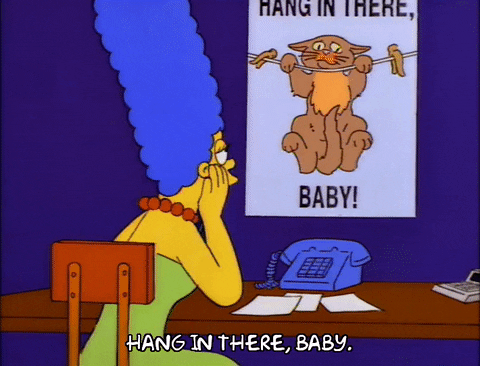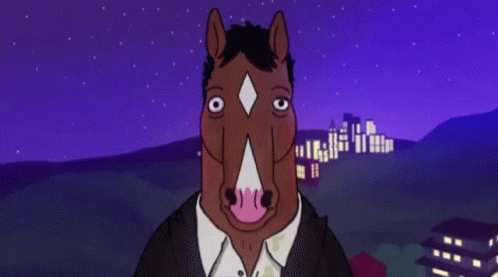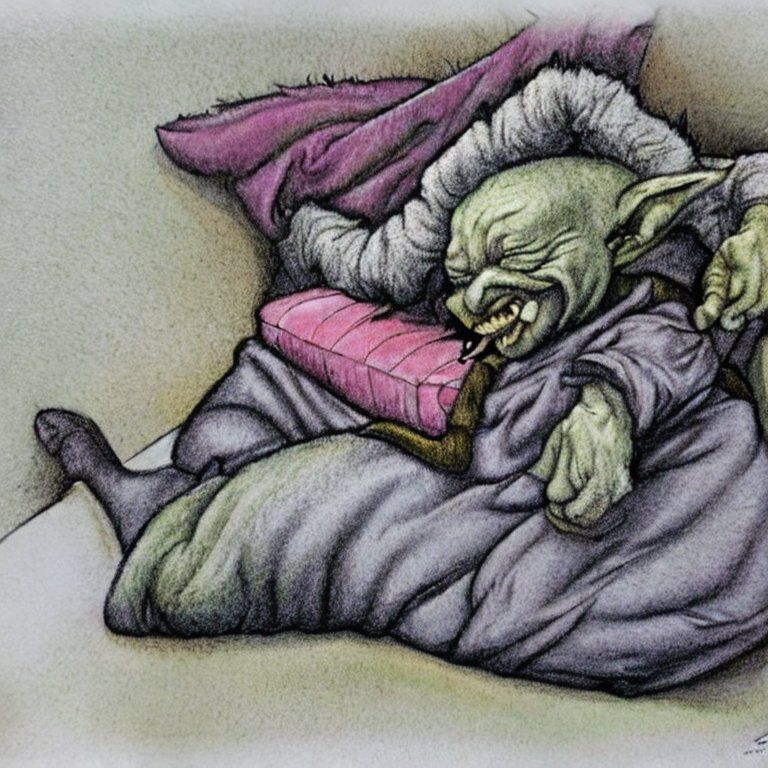Where do languages get their words from? Firstly, they get most of their vocabulary from the languages they come from: the core of English grammar and the majority of its words, for instance, come from Old English, which was spoken by the Angles, Saxons, and Jutes, the Germanic tribes who settled in Britain. Another portion of its vocabulary comes from Latin and Romance languages, first of all French and Anglo-Norman, because of the Norman Conquest in 1066 during the Middle English Period. Then, many expressions come from literature, arts and cultural or political events which became memorable: we still use sentences such as the Chaucerian “Love is blind” or the Shakespearian “Green- eyed monster” and “Cold blooded”, and some sentences are so iconic they cross millennia and civilizations, such as “The die is cast”, used by Julius Caesar and made immortal by Suetonius. Why am I bringing up the whole history of English language? Because the idiom “Hang in there” belongs to this last group: let’s dig deeper into its origins and discover what does a kitten have to do with it (by the way, you must think we’re obsessed with cats now, after reading our previous post: you’re right, we are!).
Meaning
The meaning of “Hang in there” is “Wait, be patient, don’t give up” and it’s used as an encouragement towards people who are having a bad time struggling for something.
#Example 1
Hang in There, Baby: Surviving Graduate School by Louie Lamorte, 6 October 2000 Remember to remain self-confident and perseverant at times when nothing seems to be working, as things will eventually turn around (believe it or not).
#Example 2
Hang in there, women! We’re getting better at this...
Example #3
Hang in there as best you can.
Origin and etymology

The verb “to hang” comes from Old English hon, “suspend”, and hangian, “be suspended”. The idiom “Hang in there” is not that old, though: what made it so popular was the use it was made of during the Seventies, when photographer Victor Baldwin created one of the first examples of motivational posters. At that time Mr Baldwin was a very successful photographer, one who could boast customers such as Frank Sinatra and Donald Reagan. What he enjoyed the most though was animal photography, so in 1963 he and his wife Jeanne published their second book about cats, “The Outcast Kitten”. The picture they chose for the back cover portrayed one of their Siamese kittens, Sassy, hanging on a bamboo pole.
The pic had such a huge impact on the book fans that they started asking for copies of it, so in the end Baldwin came up with the idea of turning it into a poster. He added the catchphrase “Hang in there, baby!” and gave birth to one of the first motivational posters in graphic design history, and unquestionably one of the most successful and timeless. And, as the graph below shows, the idiom “Hang in there” began to gain popularity starting exactly from the 60s, thus, in perfect synchrony with the publication of “The Outcast Kittens”.
Most likely Mr Baldwin was influenced by another image, the first photograph: in 1826 the French inventor Nicéphore Niépce in fact portrayed his kitten, Croissant, while hanging from a silk rope. Alas, in those times exposure was excruciatingly long, so poor Croissant had to spend something like eight hours (eight!) dangling… After Croissant and Sassy an infinity of cats and photographers copied the idea, and Victor Baldwin had to sue tons of copyright infringements, always winning the cases. He estimated something like more than 10 million unauthorized versions and copies of his iconic poster had been made: can you believe it?
Ludwig’s wrap-up
The idiom “Hang in there” became massively popular after Beverly Hills photographer Victor Baldwin published his book The Outcast Kitten in 1963, showing amongst others his kitten Sassy humorously dangling from a bamboo branch. The image was then sold as a poster and became one of the first and most popular motivational quotes in the history of graphic design, a real milestone. Eventually it got the point where it became something we’ve all heard at one point or another: the meaning is that we have to keep up the struggle and never give up when we’re having a hard time. While I am writing (it is April 2021) we are still struggling with Covid 19 pandemic and I wish you with all my heart to never give up, despite the difficult situations we are all facing. So hang in there, folks, better times are coming!






